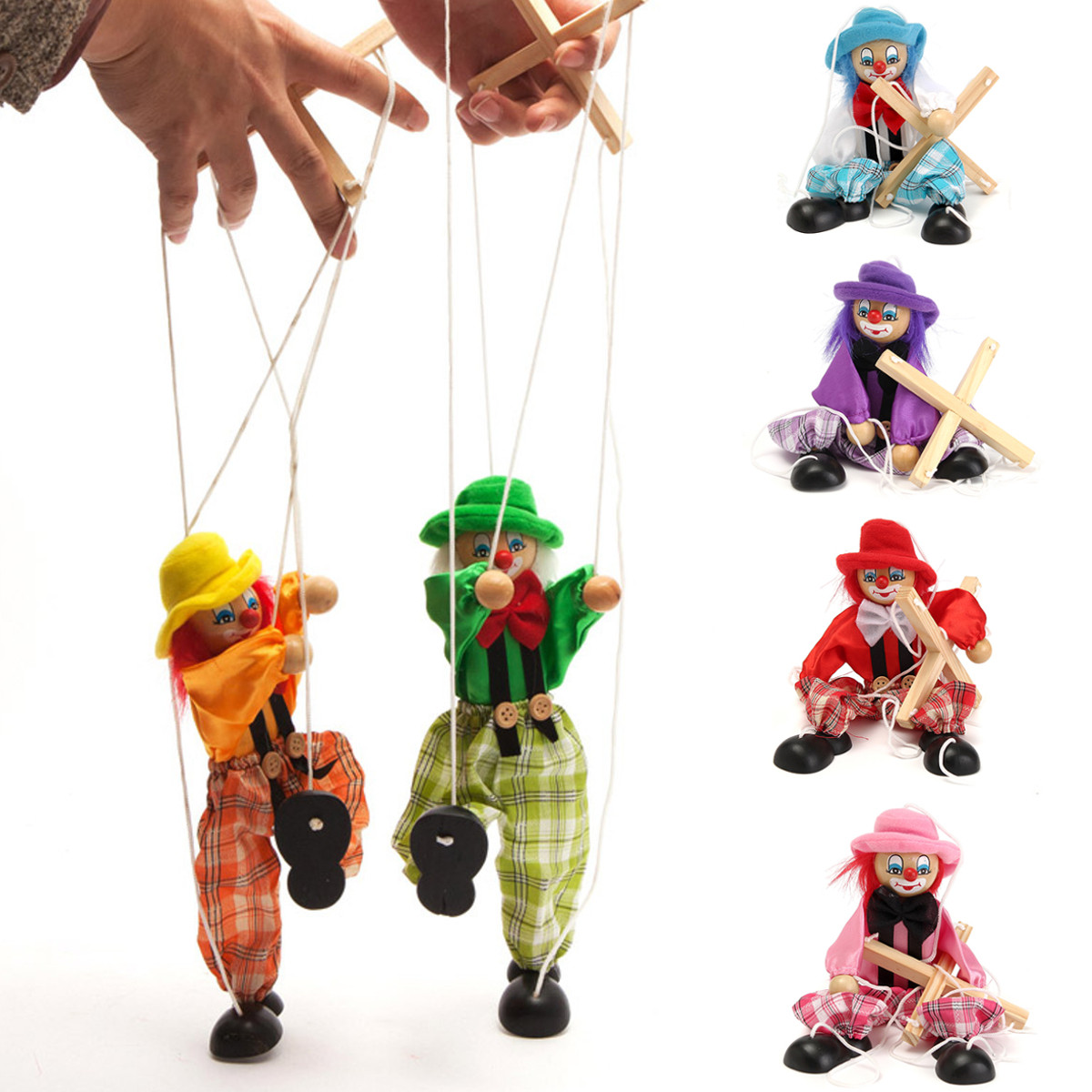

If there are eight strings, there is one for each hand, one for each shoulder and one for each temple.

The minimum is five: one for each shoulder, one for each hand and one from the top of the head.


In his Des poupées à l’ombre (The Dolls in the Shadow, 1977), Jacques Pimpaneau reminds us that, “elaborate gestures require a greater number of strings. The large string puppets in the Chinese region of Fujian measure between 1 and 1.20 metres they are sumptuously dressed in embroidered costumes and their number of strings can vary. It is therefore essential to conceive and build a string puppet to execute very precise actions and gestures. This miniature opera presents highly skilled performances with great attention to detail.Įven though the number of strings can be added to infinity, the puppeteer only has two hands, one to maintain the control bar at the correct height and the other to pull on the strings and even if there were a second or third puppeteer (which seems to be the maximum number to operate a puppet), one cannot manipulate everything. Their is that of the and, since they are located in Salzburg, Mozart in preference. The impeccable lighting and characters are hyper-realistic, both in their physical aspect and in their gestures. A double proscenium arch focuses the public’s eye. These figures are sixty to ninety centimetres high and are placed accordingly in three spots on the stage in order to respect the depth of field. Some people assert that the puppets of the () have up to eighty strings, which seems excessive as most have ten or so. Other strings can sometimes be added to the heels for kneeling or executing splits. The foot strings are attached in front to be able to stretch out the leg in combination with the knee strings. Hand strings are often manipulated by the same control bar that moves the wrists and the elbows. Strings attached to the forehead, temples or the back of the neck make possible its nuanced head movements. The knee strings are indispensable for walking. Pelvis strings prop up the back while the puppet bends forward or moves to the sides. While the main string suspends the string puppet’s head, its shoulder strings can hold up the entire puppet. It wasn’t until ( Benjo úr és a pelikánja, 1932), Robert Bruce Inverarity ( Z-739), who also assembled various utensils in the 1930s, William Addison Dwiggins ( Millennium 1, 1945), and others, that we see appear a more modern aesthetic formula of string puppetry. With a string puppet, it is tempting to create a true representation of reality, whether zoomorphic or anthropomorphic. – And I’ll bet that he is better at his craft than anyone else see how he stands on his feet and walks as if he were alive he puts his hand on his heart, he drinks and he eats, and when I pull on these strings, just by a simple mechanical pressure, he can laugh and cry just like any ordinary man!” – This guy was made by a Venetian sculptor, said the man in an engaging tone as he showed the puppets. In the novel, Nachtwachen (Nightwatches, 1804), Bonaventura describes as such: “Nevertheless, the wooden joker looked at me in a familiar way and I took a liking to him as if a friend. This anatomical construction gives it great flexibility but also makes it very difficult to escape naturalism. Suspended by strings grouped at the top of a and manipulated from this “technical device” (except in Rajasthan), the string puppet (also called a marionette or string marionette in English) is noted for its segment-by-segment articulation.


 0 kommentar(er)
0 kommentar(er)
